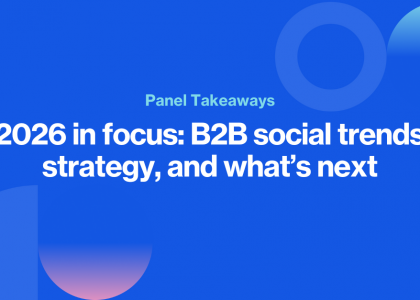 |
| Source: BenBella Books, Inc. |
Innovation has long been an important element of business success. For years, astute business leaders have looked for ways to improve the quality and value of the products or services they offer.
More recently, business leaders have recognized that delivering great customer experiences is vital to achieving competitive success.
A new book by Allen Adamson – Seeing the How: Transforming What People Do, Not Buy, to Gain Market Advantage (Matt Holt, an imprint of BenBella Books, Inc., 2023) – brings innovation and customer experience together to describe a recipe for creating competitive advantage that some of today’s most successful companies have adopted.
Allen Adamson is a recognized expert in marketing and branding. He is currently a managing partner of Metaforce, a marketing consultancy that works with clients on strategy development, go-to-market planning, branding, creative, and activation. Prior to Metaforce, Adamson was the chairman of Landor Associates, a full-spectrum brand consultancy.
What’s In the Book
The central focus of Seeing the How is experience innovation, which Adamson describes as reimagining how people could do the things they are already doing in ways that would make the experience faster, easier, and/or more satisfying.
An experience innovation that is profound enough to trigger a large-scale change in customer behavior can rightly be called a disruptive experience innovation.
Adamson argues that many businesses have achieved success and built competitive advantage by designing and delivering innovative experiences around everyday activities. He writes that these companies are finding success, “. . . not in making something new, not in creating new tech to do something, but in changing the experience of doing what we were going to do anyway.” He calls it rethinking the how, not the what.
Most of Seeing the How is devoted to discussing eight “lenses” that entrepreneurial marketers and other business leaders can use to identify and seize opportunities to create innovative experiences. Adamson discusses each of these lenses in a separate chapter and includes several examples of companies that have used each lens to achieve success.
Here’s a quick summary of the eight lenses.
Focus in and drill down – Identify a specific problem or friction point in the customer experience and find a way to solve that problem or reduce the friction. Examples: 1-800-Contacts, Calendly.
Customize and make it personal – Consider “how you can take what you do and know best and make it specific to the region, type, or personality of your customer.” Examples: Netflix, Stitch Fix.
Joining Forces – “Take what you do so well and work with someone else who does what they do well” to deliver an experience that neither organization could deliver on its own. Examples: Casper (Target), Audible (Apple).
See like a concierge – Develop the expertise and ability “to solve problems better and faster than the average person can on their own, even after hours of research.” Examples: Apple (Genius Bar), Ford, Sodexo.
Go the rental route – Look for opportunities to “rent” a product or service for a particular period, thus eliminating the negative aspects of ownership. Examples: Rent the Runway, United Rentals.
Approach things as a broker – Look for opportunities to create a two-sided marketplace. Examples: Uber, Airbnb.
Explore virtual options – Identify opportunities to build a virtual business in a product or service category where virtual businesses don’t exist. Examples: Peleton, Coursehorse.
Getting close to the customer – Look for opportunities to eliminate the need to rely on intermediaries. Examples: Apple (its retail stores), Warby Parker.
My Take
Seeing the How will be a valuable resource for anyone who has responsibility for driving revenue growth at their company. Allen Adamson argues that customer experiences are now responsible for more growth than product or service differentiation. Therefore, in today’s business environment, delivering innovative customer experiences has become a strategic imperative for most companies.
Seeing the How is an enjoyable read because Adamson’s writing style is engaging and because he devotes much of the book’s content to stories about companies that have achieved dramatic success by creating innovative customer experiences. This narrative approach makes it easy to read the book in bite-sized portions.
The “lenses” Adamson discusses in the book constitute a useful and valuable framework that can help business leaders identify opportunities to innovate the customer experiences they provide. But Adamson also makes the point that you won’t get the full benefit of using the lenses unless you have a deep understanding of the existing customer journey or journeys.
Adamson rightly observes that this level of understanding is hard to gain. One primary reason is that it’s difficult for customers to describe an experience that does not yet exist, and yet creating a new experience is one of the requirements for a truly disruptive experience innovation.




